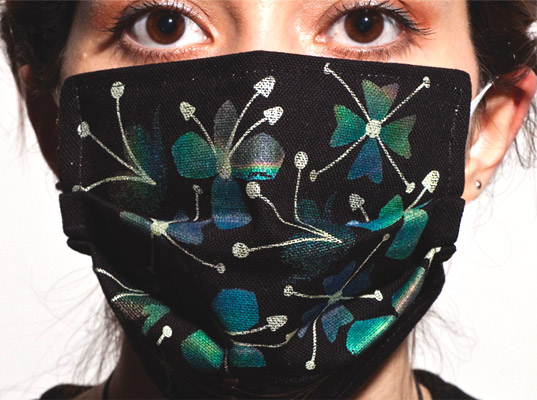[gallery] Alas! I recently completed a project that I've been working on called Ping. It's a garment that connects to your Facebook account wirelessly and from anywhere. It allows you to stay connected to your friends and groups of friends simply by performing natural gestures that are built into the mechanics of the garments we wear. Lift up a hood, tie a bow, zip, button, and simply move, bend and swing to ping your friends naturally and automatically. No phone, no laptop, no hardware. Simply go about your day, look good and stay connected.
I'm investigating three important and emerging areas in wearable technology through this project:
Connection to larger systems The garment investigates ways to connect to larger software systems that can add more functionality and longevity to the experience while offering a new platform for communication and expression.
Aesthetics Rather than simply attaching technology to clothing, the project investigates garments that have electronics built directly into them resulting in a new aesthetic of form and behavior that become a core part of our expression, our identity, and our individuality.
Marketability Very few wearable technology projects successfully target consumers outside of the sports, medical and military fields. We are just not there yet. The project aims to generate market desirability for a wide variety of people to use in everyday life.
Project Site: Go to the project site to see the rest of the concept. Let me know what you think! I would love to hear form you.
Press: CNET, FastCompany, fashioningtech, Alison Lewis @ Smart Fabrics Conference Miami, talk2myshirt, poshspace.ru, podcastingnews.com, ecouterre.com, geeksugar.com, San Francisco Chronicle, podcastingnews.com, notcouture.com, netdiver.net, Inventor Spot, Gizmodo, Engadget, DVICE, Tuvie, TechFlash, Protect Your Bubble, Trendhunter, TechNews, Artefact, Fashion Industry Network, newwebpick.com issue #30
Interviews: AOL Stylelist, iHeartSwitch,

